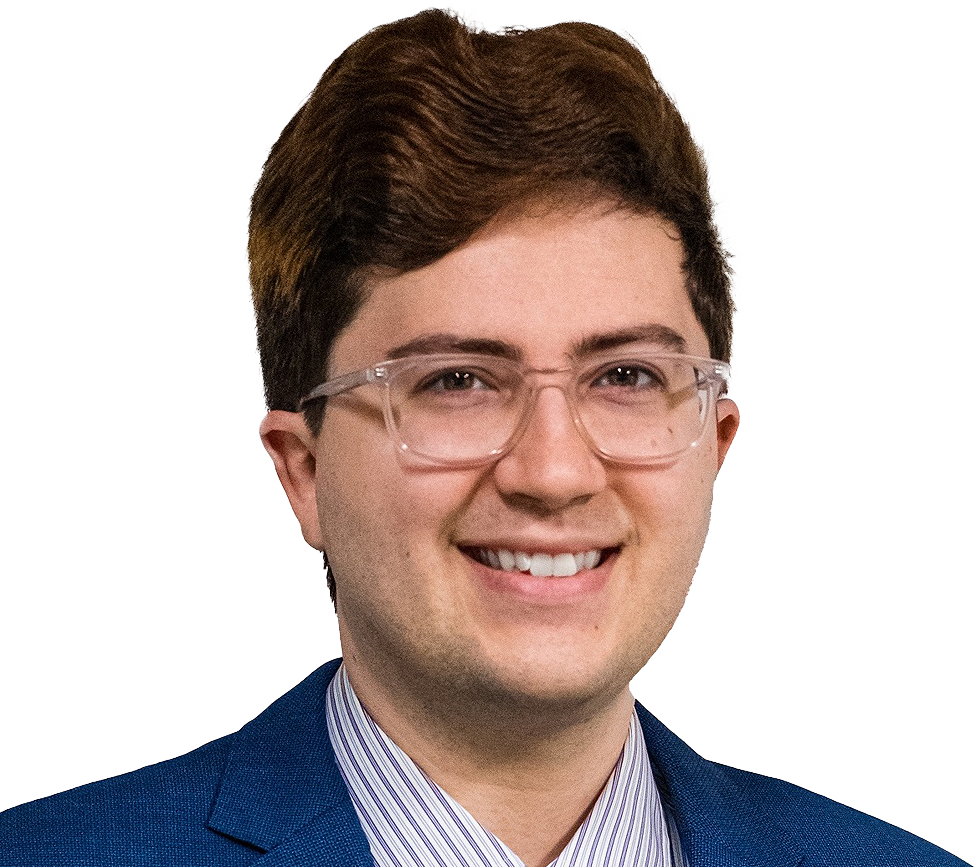

- Ph.D., Welding Engineering, The Ohio State University, 2022
- M.S., Welding Engineering, The Ohio State University, 2020
- B.S., Welding Engineering, The Ohio State University, 2016
- University Nuclear Leadership Program Research and Development Grant, U.S. Nuclear Regulatory Commission, 2022-2025
- 1st Place, International Metallographic Contest, 2019
- Graduate Research Fellowship, American Welding Society Foundation, 2018-2021
- Distinguished University Fellowship, The Ohio State University, 2016-2017, 2021-2022
- American Welding Society – AWS
- ASM International
- The Association for Materials Protection and Performance – AMPP
Dr. Luther's expertise is in metallurgy, welding, and integrated computational and materials engineering. He has experience and knowledge with a range of alloy systems critical to petrochemical, nuclear, and renewable energy industries. He has a proven track record of conducting root cause analysis of failed metal components after suffering fracture, embrittlement, corrosion, fatigue, and thermal shock.
With extensive experience in materials characterization, Dr. Luther utilizes techniques such as metallography, visible light microscopy, and scanning electron microscopy (SEM) with energy dispersive spectroscopy (EDS) for a comprehensive approach to evaluating material failure. His analytical skills extend to the realm of data science, where he has processed large datasets using Python-based machine learning, computer vision, and artificial intelligence to produce compelling and conclusive data visualizations.
Dr. Luther's dissertation research at The Ohio State University (OSU) focused on quantification of the susceptibility to ductility-dip cracking (DDC) in nickel-based alloys for the nuclear energy industry. This self-proposed research was funded by the American Welding Society Foundation's Graduate Research Fellowship and OSU's Distinguished University Fellowship. Experimental work included automated robotic welding, high-temperature mechanical testing, and metallographic characterization via optical microscopy and SEM with EDS and EBSD. Data analysis of the mechanical testing led to his development of a new computational method involving the correlation of imposed mechanical energy to DDC in highly restrained welds. Dr. Luther also characterized thermal faceting on DDC fracture surfaces to an unprecedented level of detail, down to atomic-scale TEM imaging, and provided key steppingstones for the future of studying and mitigating a failure mechanism which has been challenging scientists and engineers for over 100 years.